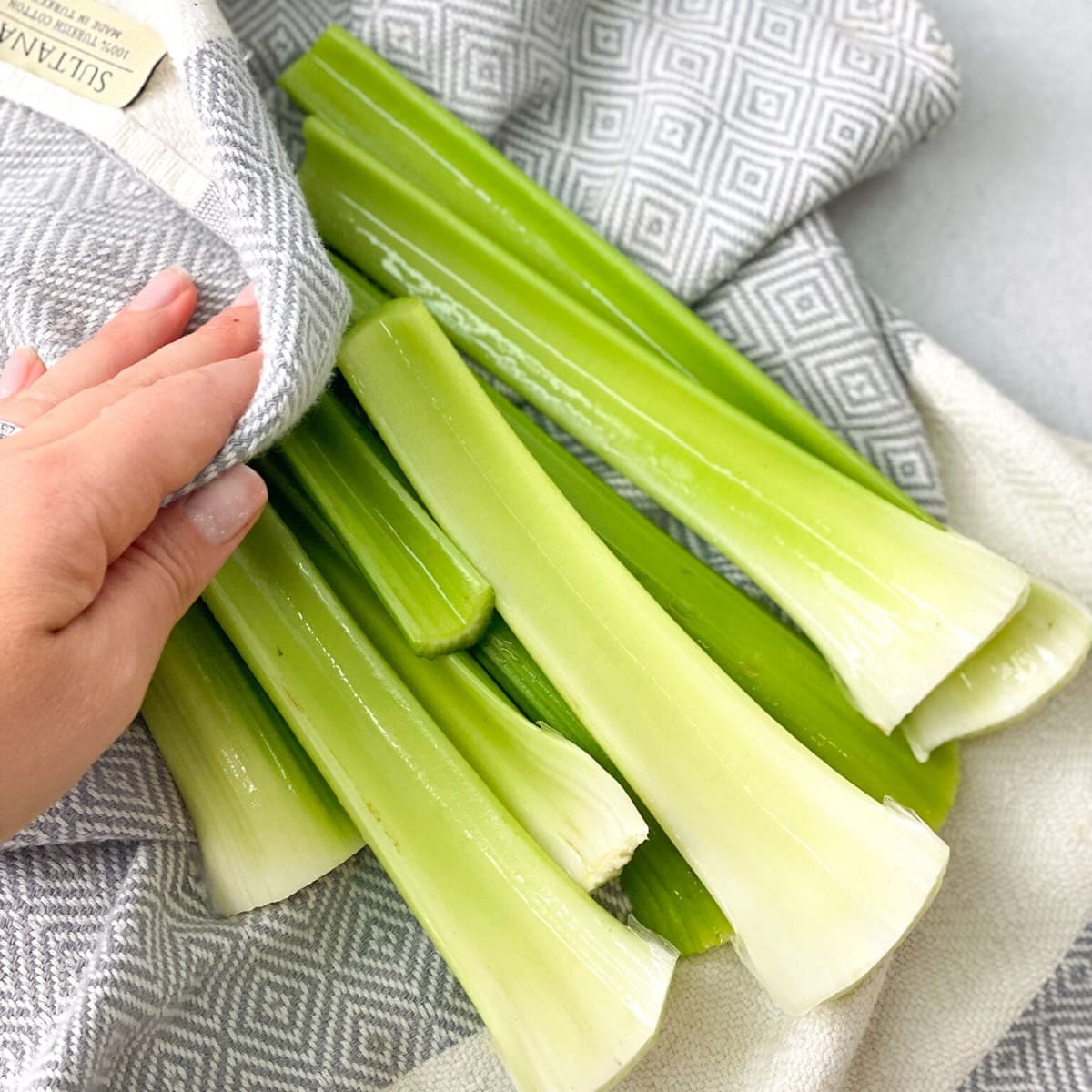

Articles
How To Store Celery To Last Longer
Modified: January 18, 2024
Learn how to store celery properly to keep it fresh for longer. Read our informative articles for tips and tricks on celery storage.
(Many of the links in this article redirect to a specific reviewed product. Your purchase of these products through affiliate links helps to generate commission for Storables.com, at no extra cost. Learn more)
Introduction
Celery is a versatile and nutritious vegetable that is commonly used in salads, soups, and stir-fries. Its crisp texture and mild flavor make it a popular choice among health-conscious individuals. However, storing celery can be a bit challenging, as it tends to wilt and lose its freshness quickly if not properly stored. To make your celery last longer and retain its crispness, it is essential to understand the factors affecting its storage and learn the best methods to store it.
In this article, we will explore the various factors that contribute to the shelf life of celery and provide you with valuable tips on how to store celery to keep it fresh and flavorful for an extended period. Whether you have a surplus of celery from your garden or have purchased a large bunch from the grocery store, these storage techniques will help you minimize waste and maximize the lifespan of this nutritious vegetable.
From selecting the freshest celery to using different storage methods like refrigerating, freezing, or blanching, we will guide you through the step-by-step process to ensure that your celery stays crisp and delicious. Not only will you be able to enjoy celery in its peak condition, but you will also save money by preventing unnecessary spoilage and food waste.
So, if you want to know the secrets to extend the shelf life of celery and have it readily available for your favorite dishes, keep reading to discover our expert tips and tricks for proper celery storage.
Key Takeaways:
- Keep celery fresh by storing it in the refrigerator with damp paper towels and a sealed plastic bag in the vegetable crisper drawer. Check moisture levels regularly to maintain its crispness for up to two weeks.
- Freeze celery for long-term storage, but be aware that its texture may change. Consider blanching celery before freezing to preserve its color, texture, and nutritional value. Label and date storage containers for easy tracking.
Read more: How To Store Peaches To Last Longer
Understanding Celery Storage Factors
Before diving into the specific methods of storing celery, it is important to understand the factors that affect its shelf life. By being aware of these factors, you can take appropriate measures to preserve the freshness and quality of your celery for as long as possible.
1. Temperature: Celery is a cool weather vegetable and is best stored at temperatures between 32°F and 40°F (0°C and 4°C). It is important to keep celery away from extreme heat or cold, as both can cause it to wilt and deteriorate quickly. Maintaining a consistent temperature is crucial for prolonging its freshness.
2. Moisture: Celery has a high water content, and excess moisture can lead to rot and mold growth. It is important to strike the right balance of moisture when storing celery. Too much moisture can cause it to become slimy, while too little moisture can lead to dehydration and wilting. Properly storing celery in a controlled environment with moderate humidity is essential.
3. Air circulation: Adequate air circulation is vital for keeping celery fresh. Stagnant air can accelerate decay and lead to the growth of bacteria. It is important to avoid sealing celery in airtight containers, as this can trap moisture and promote spoilage. Allowing some airflow around the celery is necessary to maintain its crispness.
4. Ethylene exposure: Celery is sensitive to ethylene gas, a natural plant hormone that accelerates ripening and can cause vegetables to spoil quickly. To prevent premature ripening and decay, it is recommended to store celery away from ethylene-producing fruits like apples, bananas, and tomatoes.
5. Freshness at purchase: The freshness of celery at the time of purchase also plays a significant role in its storage lifespan. Choose celery with tight, crisp stalks and vibrant green leaves. Avoid selecting celery with wilted or discolored stalks, as they are likely to spoil faster.
By understanding these factors, you can take appropriate measures to optimize the storage conditions for your celery and prolong its shelf life. Now that you have a grasp of the key factors affecting celery storage, let’s proceed to the next step: selecting fresh celery.
Selecting Fresh Celery
When it comes to storing celery, starting with fresh produce is essential. By selecting high-quality celery from the beginning, you can ensure that it will last longer and maintain its crispness. Here are some tips for choosing fresh celery:
1. Look for firm stalks: When selecting celery, make sure the stalks are firm and rigid. Gently squeeze the stalks to check for any soft spots or signs of wilting. Fresh celery should have a crisp texture and not feel limp or rubbery.
2. Check the color: The color of the celery can give you an indication of its freshness. Look for celery that has vibrant, green stalks. Avoid celery with yellow or brown discoloration, as this is a sign of age and deterioration.
3. Examine the leaves: The leaves attached to the celery stalks should be fresh and green. Avoid celery with wilted or yellowed leaves, as this can indicate that it is past its prime. Fresh leaves are a good indication of the overall freshness of the celery.
4. Avoid blemishes: Inspect the celery for any bruises, blemishes, or signs of damage. Celery with cuts or bruises may spoil faster and can also affect the flavor. Choose celery that is free from any visible damage.
5. Smell it: Take a whiff of the celery to check for any off-putting odors. Fresh celery should have a mild, earthy aroma. If the celery smells sour or unpleasant, it may be a sign of spoilage.
By selecting fresh and high-quality celery, you are setting the foundation for successful storage. Remember to check the firmness, color, leaves, blemishes, and smell of the celery before making your purchase. Once you have chosen the best celery, it’s time to store it properly to maintain its freshness.
Storing Celery in the Refrigerator
The refrigerator is the most common and convenient place to store celery, as it helps maintain a cool and controlled environment. Follow these steps to store celery in the refrigerator and keep it fresh for a longer period:
1. Trim the celery: Start by removing any leaves from the celery stalks, as they tend to wilt and deteriorate faster than the stalks. Cut off the leafy tops, leaving about an inch or two of the stalks attached.
2. Rinse and dry: Give the celery stalks a quick rinse under cold water to remove any dirt or debris. Pat them dry with a clean towel or paper towel. Make sure to dry them thoroughly, as excess moisture can promote spoilage.
3. Wrap in damp paper towels: Take a few sheets of paper towels and dampen them with water. Wrap the celery stalks loosely in the damp paper towels. This helps maintain the right level of moisture and prevents the celery from drying out in the refrigerator.
4. Place in a plastic bag: Once the celery stalks are wrapped in damp paper towels, transfer them to a clean plastic bag. Seal the bag, leaving a small opening to allow for some airflow. The plastic bag helps retain moisture and prevents the celery from absorbing odors from other foods in the refrigerator.
5. Store in the vegetable crisper drawer: The vegetable crisper drawer is the ideal spot in the refrigerator to store celery. It provides a slightly higher humidity level and shields the celery from fluctuating temperatures. Place the sealed bag of celery in the crisper drawer.
6. Check moisture levels: Periodically check the paper towels to make sure they remain damp. If they dry out, remove the celery, re-dampen the paper towels, and wrap the celery again before placing it back in the refrigerator.
By following these steps, you can extend the shelf life of your celery by up to two weeks in the refrigerator. Remember to check the celery regularly for any signs of wilting or spoilage and discard any stalks that are no longer fresh.
Next, let’s explore how to store cut celery to preserve its freshness.
Storing Cut Celery
If you have cut celery that you want to store for later use, follow these steps to keep it fresh:
1. Trim and clean the celery: Start by trimming the leafy tops and any damaged or discolored parts of the celery stalks. Rinse the stalks under cold water to remove any dirt or debris. Pat them dry with a clean towel or paper towel.
2. Cut into desired sizes: Cut the celery stalks into the desired sizes for your recipes. Whether you prefer thin slices, diced pieces, or larger chunks, portion the celery as needed.
3. Prepare a water bath: Fill a bowl with cold water and add a splash of lemon juice or vinegar. The acid in lemon juice or vinegar helps maintain the color and crispness of the celery.
4. Soak the celery: Place the cut celery pieces into the water bath and let them soak for about 10 minutes. This helps hydrate the celery and prolong its freshness.
5. Drain and dry: After soaking, drain the celery and pat it dry with a clean towel or paper towel. Make sure to remove any excess moisture, as it can cause the celery to become soggy.
6. Store in airtight containers: Transfer the cut celery into airtight containers or resealable plastic bags. Squeeze out any excess air before sealing the containers. The airtight seal helps prevent moisture loss and protects the celery from absorbing odors in the refrigerator.
7. Refrigerate promptly: Place the sealed containers of cut celery in the refrigerator. Keep them at a temperature between 32°F and 40°F (0°C and 4°C) to maintain their crispness and freshness.
Stored this way, cut celery can stay fresh for up to one week in the refrigerator. Remember to check the celery for any signs of spoilage before using it in your recipes.
Now that you know how to store cut celery, let’s explore another option: freezing celery.
To store celery and make it last longer, wrap it tightly in aluminum foil before placing it in the refrigerator. This will help to keep it crisp and fresh for a longer period of time.
Read more: How To Store Spinach To Last Longer
Storing Celery in the Freezer
If you have an abundance of celery or want to store it for a longer period, freezing is a great option. Follow these steps to freeze celery:
1. Prepare the celery: Start by trimming the leafy tops and any damaged or discolored parts of the celery stalks. Rinse the stalks under cold water to remove any dirt or debris. Pat them dry with a clean towel or paper towel.
2. Cut into desired sizes: Cut the celery stalks into the desired sizes for your recipes. Whether you prefer thin slices, diced pieces, or larger chunks, portion the celery as needed. It’s important to note that celery tends to lose some of its crispness when frozen, so consider the texture you desire for your future recipes.
3. Blanche the celery (optional): Blanching the celery before freezing can help preserve its color, texture, and nutritional value. To blanch celery, bring a pot of water to a boil and add the celery pieces. Let them boil for 1-2 minutes, then remove and immediately transfer them to an ice bath to stop the cooking process. Drain the celery well before freezing.
4. Flash freezing (optional): If you prefer to freeze the celery pieces individually to prevent them from sticking together, place them in a single layer on a baking sheet. Pop the baking sheet in the freezer for a couple of hours until the celery is partially frozen. Once partially frozen, transfer the celery pieces into a freezer-safe bag or container.
5. Store in freezer bags or containers: Alternatively, you can directly place the cut celery into freezer-safe bags or airtight containers. Leave some space at the top of the container to allow for expansion as the celery freezes. Label the containers with the date to keep track of the frozen celery’s freshness.
6. Freeze promptly: Place the sealed bags or containers of celery in the freezer and make sure to keep them at a constant temperature of 0°F (-18°C) or below. Properly stored, frozen celery can retain its quality for up to 12 months.
When you’re ready to use the frozen celery, there’s no need to thaw it before adding it to recipes like soups, stews, or stir-fries. However, if you prefer to use the celery in its raw form, it’s best to thaw it in the refrigerator overnight and use it within 24 hours.
Freezing celery is a convenient way to extend its shelf life and always have it on hand for your favorite dishes. However, keep in mind that the texture may change after freezing, so this method is best suited for cooked recipes.
Now that you know how to freeze celery, let’s explore another method: preserving celery by blanching.
Preserving Celery by Blanching
Blanching celery is a method of preserving its freshness and flavor before storing it in the freezer. Blanching involves briefly boiling the celery then plunging it into an ice bath to halt the cooking process. This process helps to maintain the celery’s color, texture, and nutritional value. Here’s how you can preserve celery by blanching:
1. Prepare the celery: Start by trimming the leafy tops and any damaged or discolored parts of the celery stalks. Rinse the stalks under cold water to remove any dirt or debris.
2. Cut into desired sizes: Cut the celery stalks into the desired sizes for your recipes. Whether you prefer thin slices, diced pieces, or larger chunks, portion the celery as needed.
3. Bring water to a boil: Fill a pot with water and bring it to a rolling boil. You’ll need enough water to fully submerge the celery during the blanching process.
4. Blanch the celery: Carefully lower the celery pieces into the boiling water and let them cook for 1-2 minutes. The exact cooking time may vary depending on the size of the celery pieces, so monitor them closely. Blanching helps inactivating enzymes that can cause loss of flavor, color, and texture when stored.
5. Ice bath: Immediately after the blanching time is up, use a slotted spoon or tongs to transfer the celery to a bowl filled with ice water. The ice bath quickly cools down the celery and stops the cooking process. Let the celery sit in the ice water for the same amount of time you blanched it.
6. Drain and dry: Remove the celery from the ice bath and allow it to drain thoroughly. Pat the celery pieces dry with a clean towel or paper towel to remove excess moisture. This step is important to prevent ice crystals from forming and causing freezer burn.
7. Packaging for freezing: Once the blanched and dried celery is ready, divide it into portions suitable for your future recipes. Place the portions into freezer-safe bags or airtight containers. Remove as much air as possible from the bags before sealing, or if using containers, leave some space for expansion as the celery freezes.
8. Freezing: Label the bags or containers with the date and place them in the freezer. Maintaining a temperature of 0°F (-18°C) or below is crucial for preserving the quality and freshness of the blanched celery.
By blanching celery before freezing, you can enjoy the crispness and flavors of fresh celery in your recipes even during the off-season. Blanching helps to preserve the celery’s texture and nutritional value, making it an excellent option for long-term storage.
Now that you know how to preserve celery by blanching, let’s explore some additional tips to make the most of your stored celery.
Using Celery Storage Tips
Now that you have learned different methods to store celery, here are some additional tips to help you make the most of your stored celery:
1. Rotate your celery: When storing celery in the refrigerator, be mindful of the order in which you use it. To prevent waste, try to use the older stalks first before accessing the fresher ones. This helps ensure that no celery goes to waste and that you’re always using the oldest stalks first.
2. Avoid washing before storing: It’s best to refrain from washing the celery before storing it, as excess moisture can lead to faster spoilage. Instead, wash the celery right before you use it to maintain its freshness.
3. Store in water: An alternative method to storing celery is to place the stalks upright in a jar or container with a few inches of water. Cover the tops with a loose-fitting plastic bag to retain moisture. Change the water every few days to keep it fresh. This method can help keep the celery crisp for longer, but it’s essential to monitor for any signs of deterioration.
4. Consider celery leaves: Don’t discard the leaves that you remove from the celery stalks. They can be used as a flavorful addition to soups, stews, stocks, or as a garnish for dishes. Store the leaves separately in a plastic bag in the refrigerator, and use them within a few days.
5. Freeze celery in recipe-ready portions: If your recipes often call for a specific amount of celery, consider freezing pre-measured portions. This way, you can easily grab the desired amount without thawing the entire batch of frozen celery.
6. Label and date your storage containers: Whether you’re storing celery in the refrigerator or freezer, label the containers with the contents and the date of storage. This helps you keep track of the freshness and enables you to use the celery in a timely manner.
7. Preserve celery in recipes: If you find yourself struggling to use up all your celery before it spoils, consider preserving it in various recipe forms. You can make celery soups, stocks, purees, or even pickled celery to prolong its shelf life and enjoy it in different ways.
By following these tips, you can optimize your celery storage and minimize waste. Whether you choose to refrigerate, freeze, or blanch your celery, these techniques will help you keep it fresh and flavorful for longer periods.
Now that you’re equipped with all the knowledge needed to store celery effectively, you can enjoy the convenience of having fresh celery readily available whenever you need it.
Conclusion
Celery is a nutritious and versatile vegetable that can add crunch and flavor to a wide range of dishes. By understanding the factors that affect celery storage and implementing the right techniques, you can maximize its shelf life and ensure that it stays fresh and crisp for longer.
Whether you choose to store celery in the refrigerator, freeze it, or blanch it before preserving, each method has its benefits for prolonging its freshness. Refrigerating celery with damp paper towels and sealed bags maintains its crispness and quality for up to two weeks. Freezing celery is an excellent option for preserving its flavor for an extended period, although it may cause a slight change in texture. Blanching celery before freezing helps retain its color and nutritional value, making it suitable for longer storage.
When selecting celery, choose fresh and high-quality stalks with firm texture, vibrant green color, and fresh leaves. Avoid celery with any signs of damage or wilting. Additionally, it’s important to consider factors like temperature, moisture, air circulation, and exposure to ethylene gas when storing celery, as they can greatly impact its shelf life.
By following proper storage techniques and utilizing additional tips such as rotating your celery, storing it in water, and labeling containers, you can make the most of your celery and minimize waste. Remember to use older stalks first to ensure freshness and employ creative ways to utilize celery leaves and excess celery to avoid unnecessary spoilage.
With these comprehensive storage methods and tips for celery, you can enjoy this nutritious vegetable in your recipes for an extended period. Enjoy the crispness, flavors, and health benefits of celery while minimizing food waste with proper storage techniques.
Now that you are equipped with the knowledge to store celery effectively, you can confidently stock up on this versatile vegetable and have it readily available whenever you need it. Happy cooking!
Frequently Asked Questions about How To Store Celery To Last Longer
Was this page helpful?
At Storables.com, we guarantee accurate and reliable information. Our content, validated by Expert Board Contributors, is crafted following stringent Editorial Policies. We're committed to providing you with well-researched, expert-backed insights for all your informational needs.
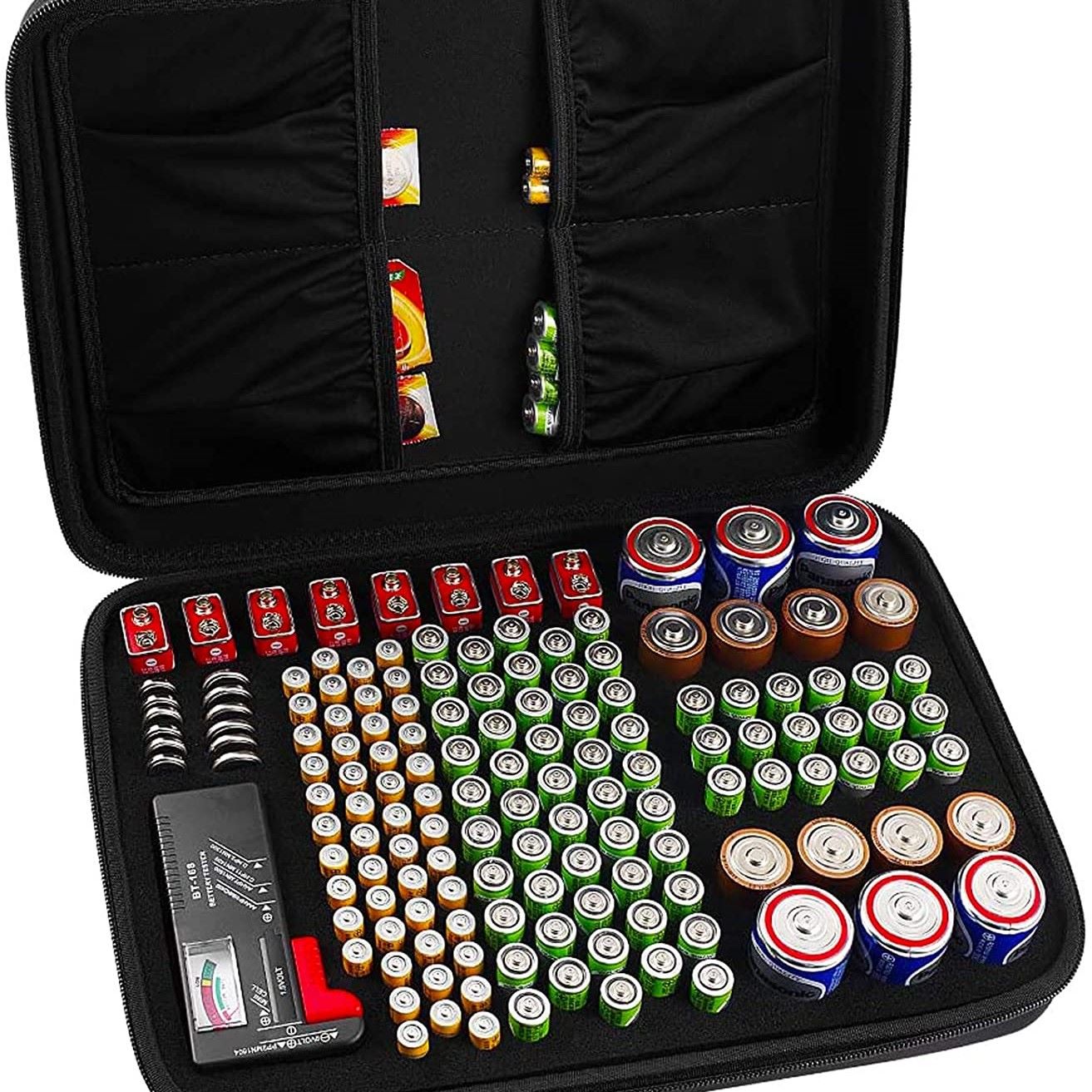
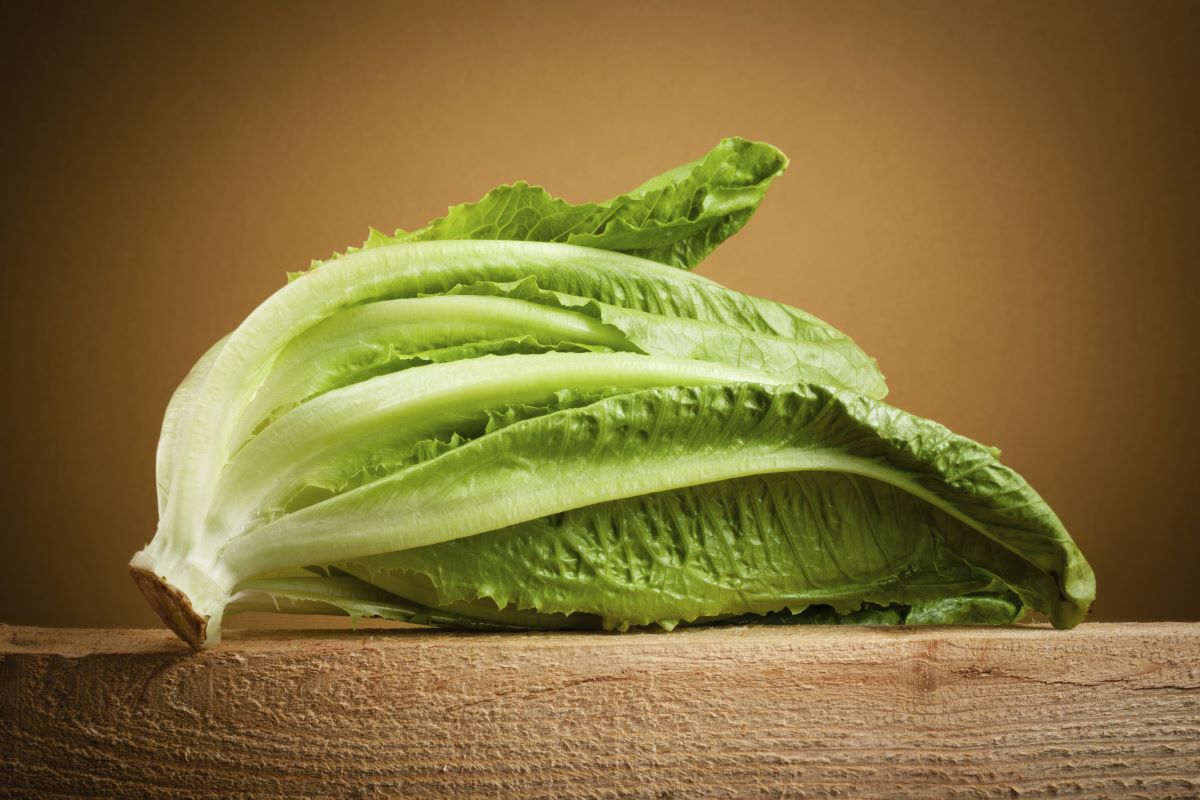
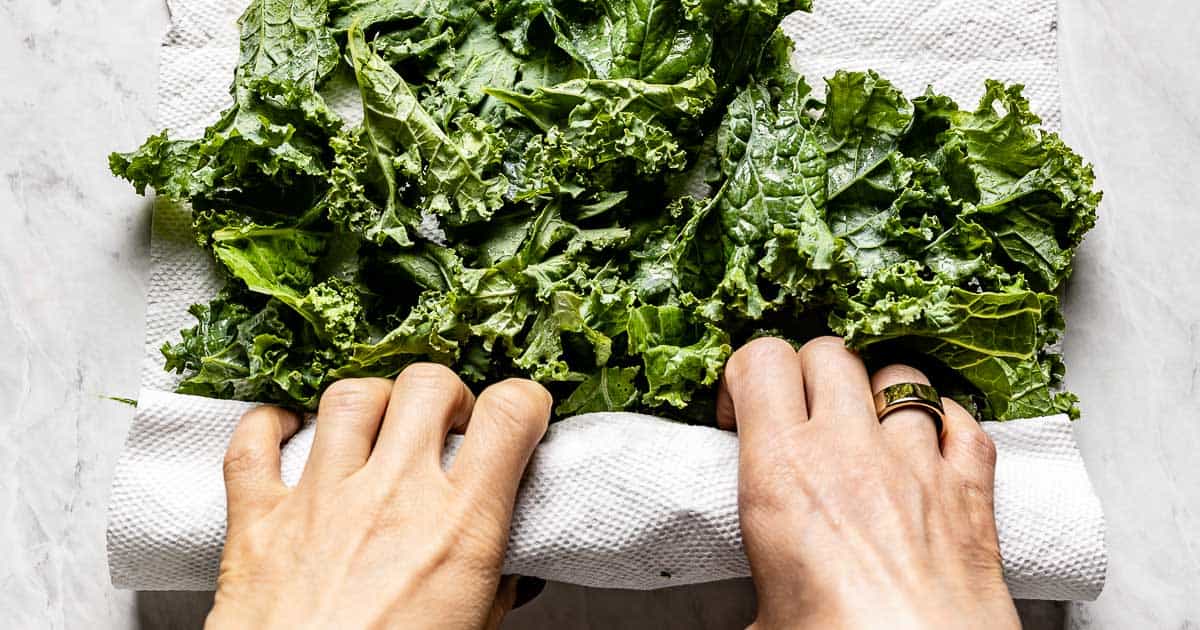
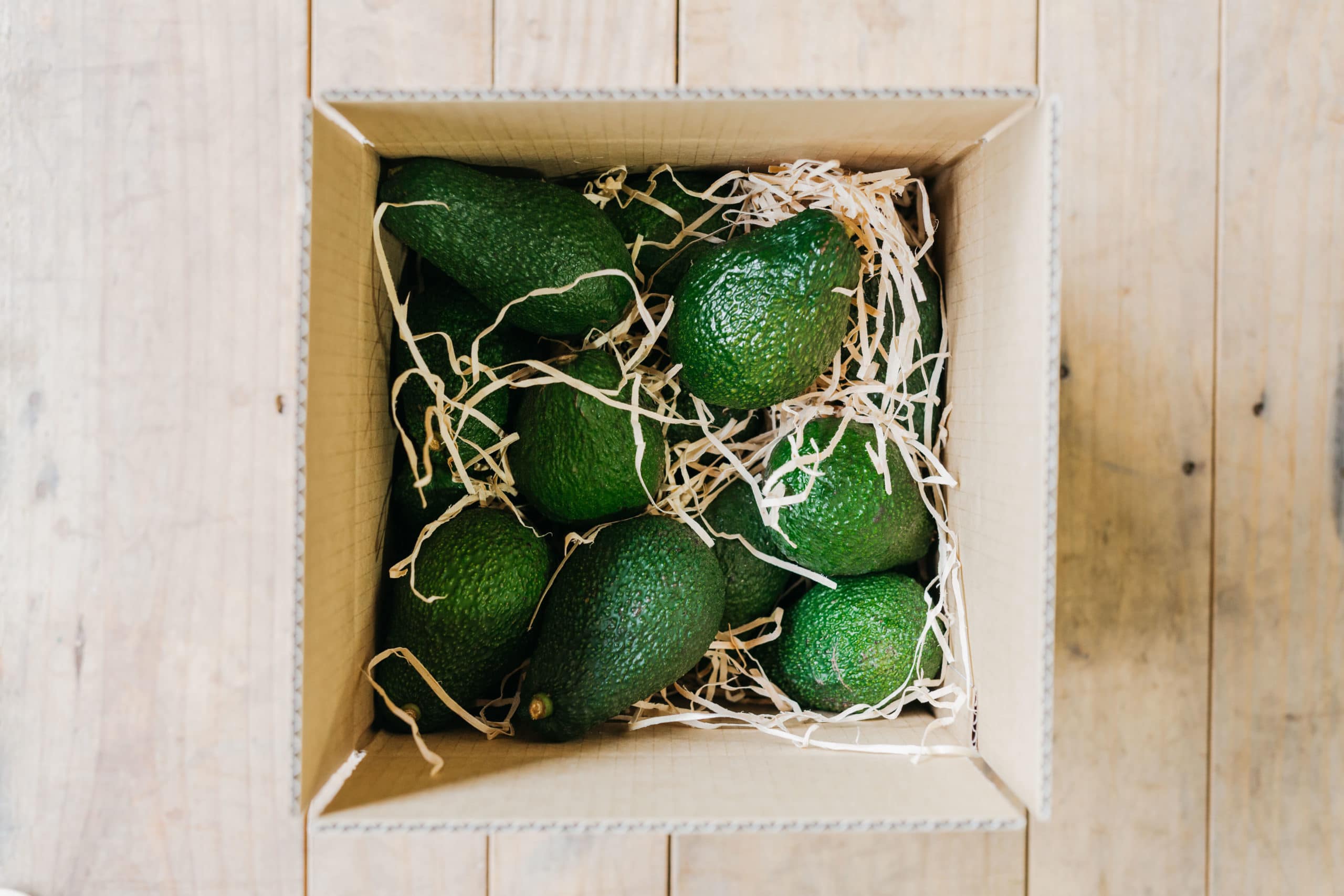

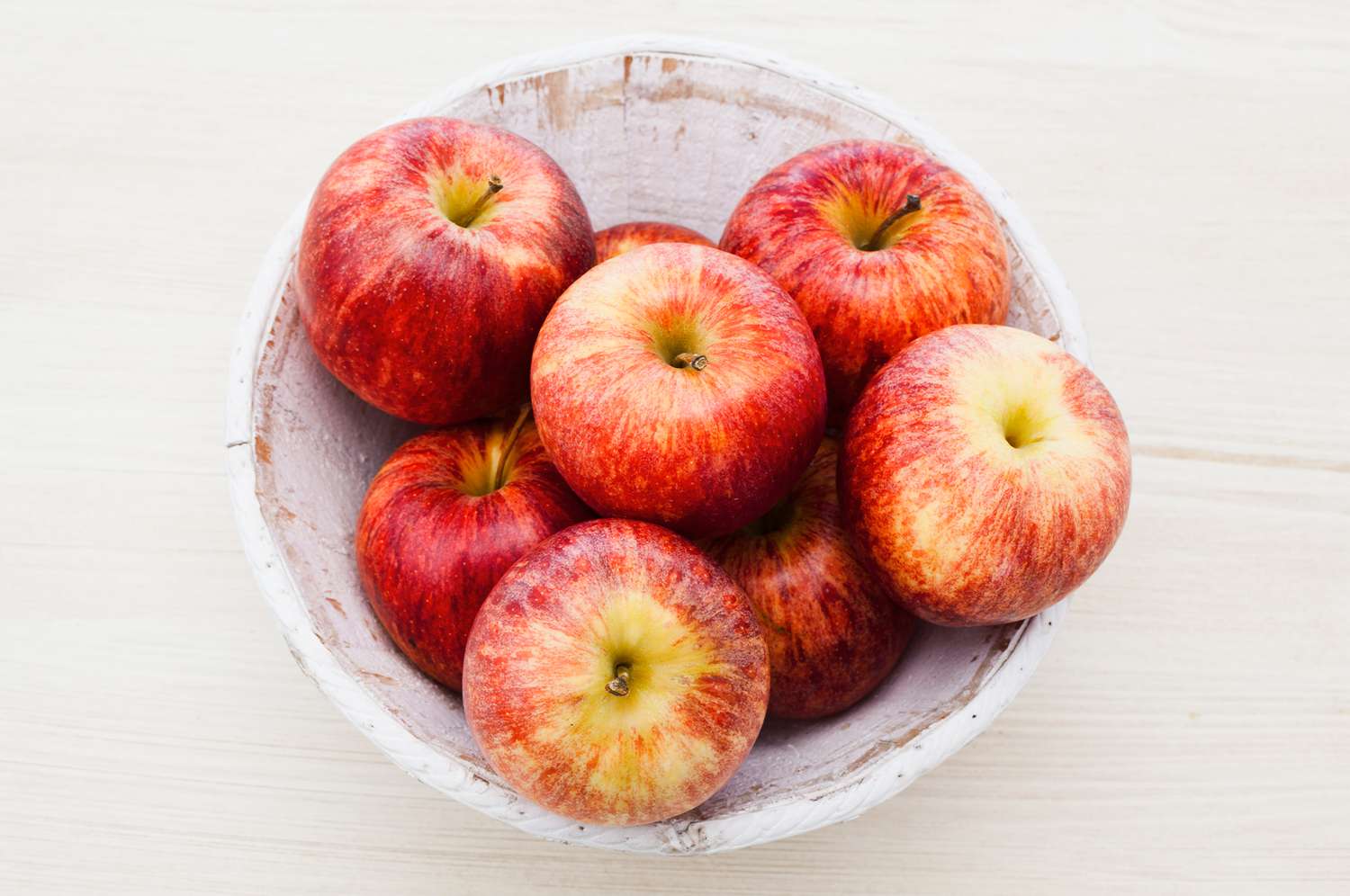


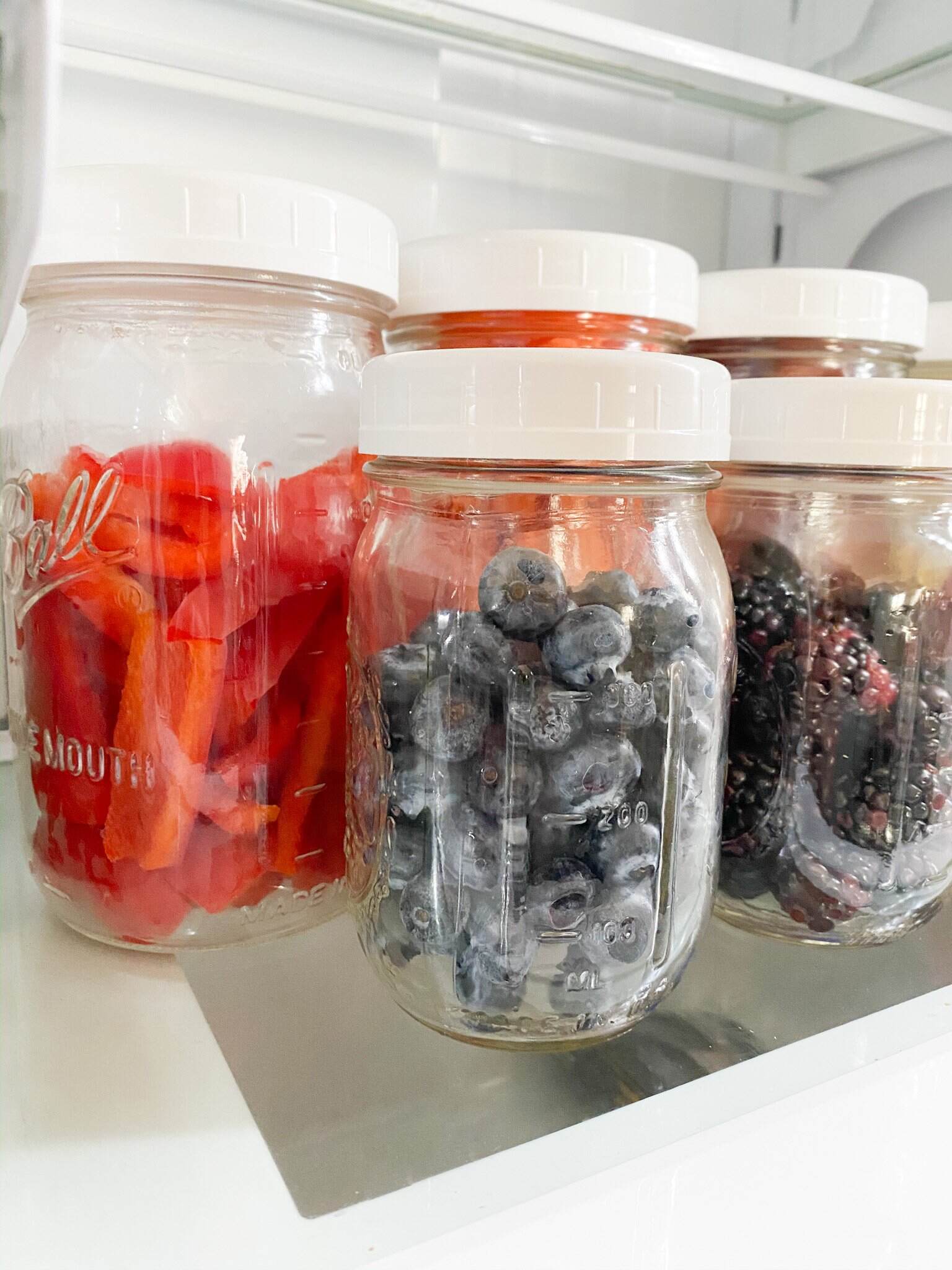

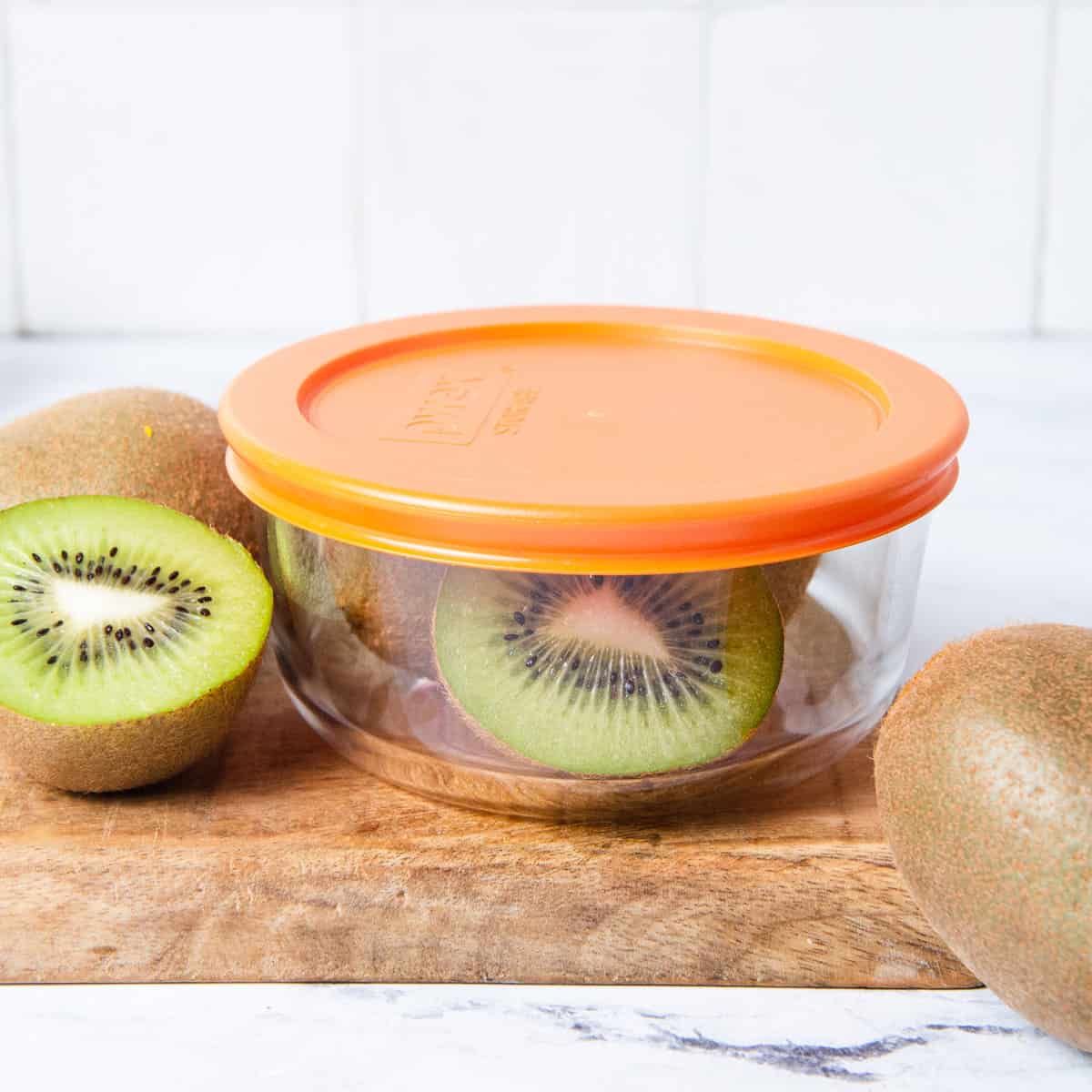

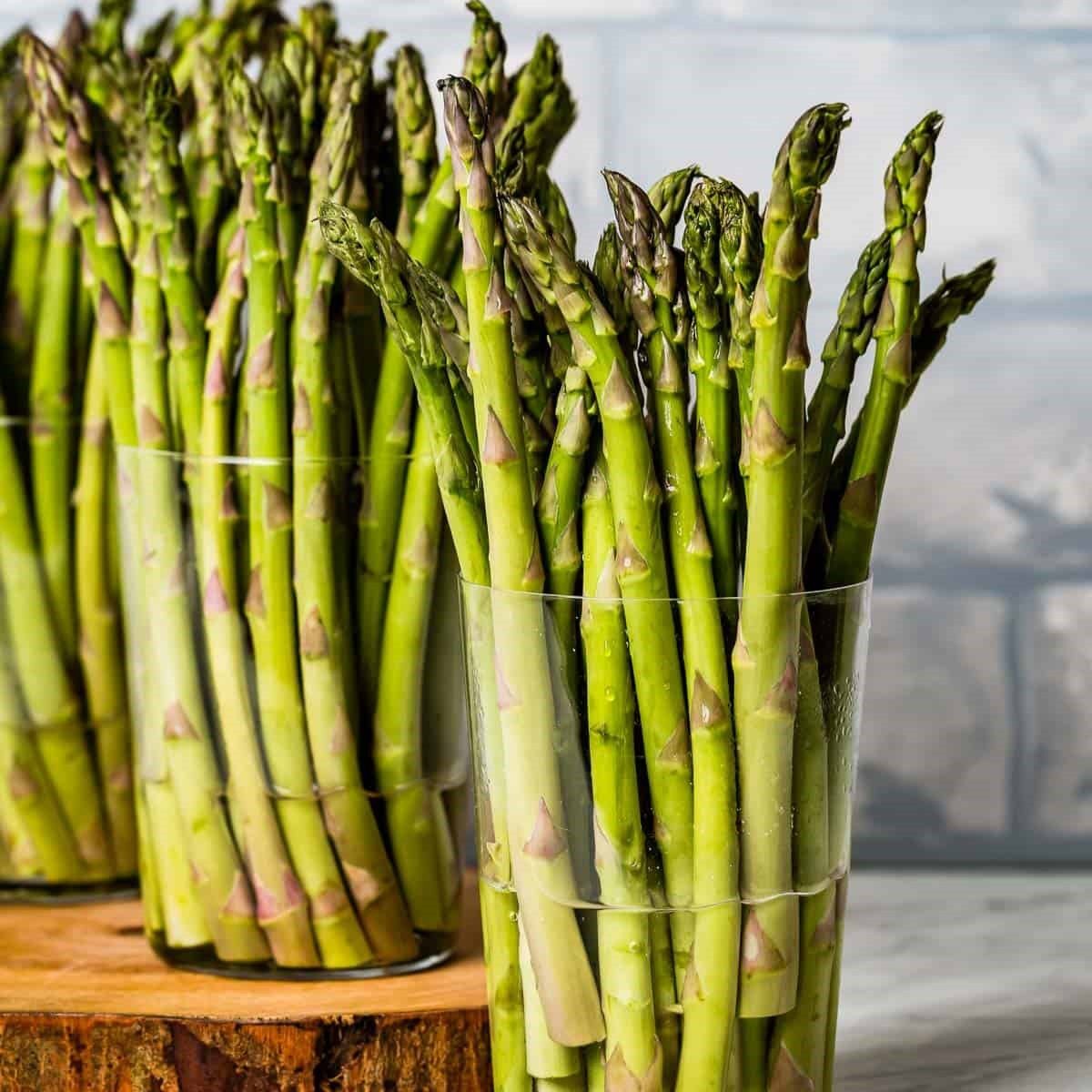


0 thoughts on “How To Store Celery To Last Longer”